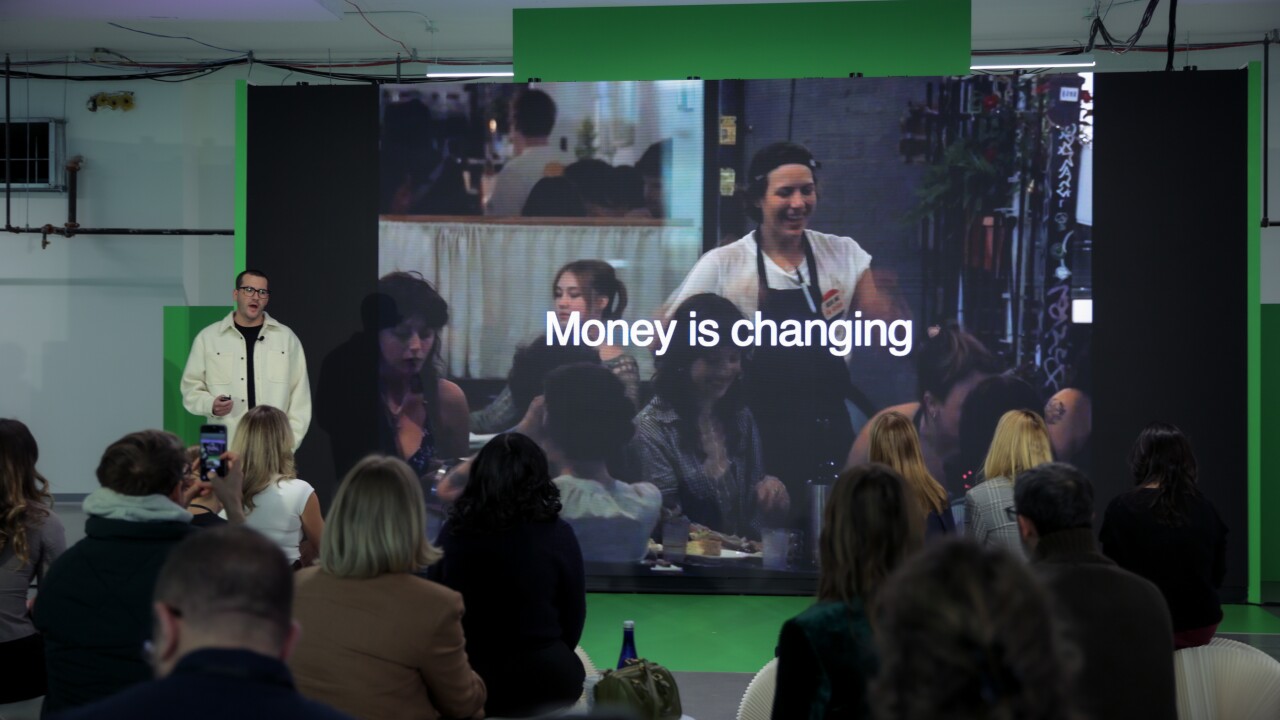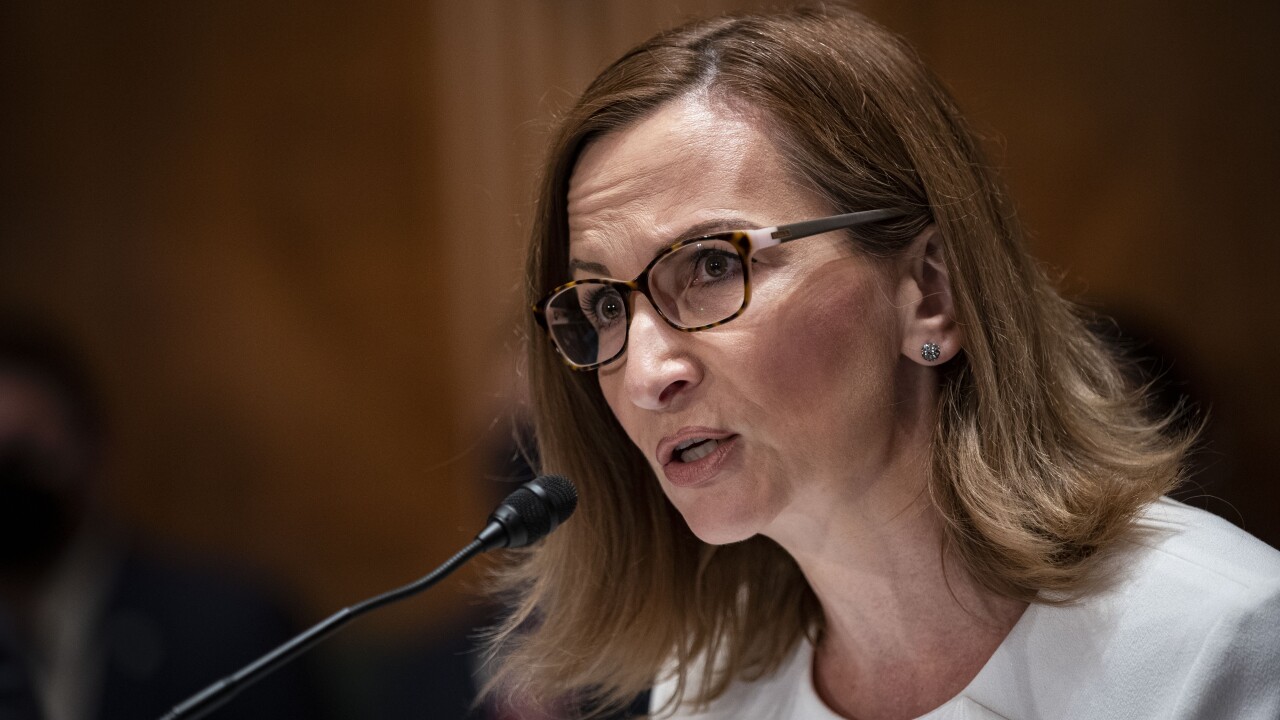
Wall Street banks, stung by debt markets shutting down last month as trade wars escalated, are taking less risk in some of their efforts to win financing business for mergers and acquisitions.
Junk-rated companies and private equity firms have lined up about $17 billion of debt recently for purchases of everything from power plants to a chain of gas stations. But they are using an unusual tool for that financing: the 364-day bridge loan.
It's a far cry from the standard financing for buyouts, where banks promise to provide financing for years, often with a cap on the interest rate the borrower would have to pay. Wall Street firms look to sell that debt to investors but often agree to provide that funding even if markets are closed, and they have to hang onto the risk for years.
"It is very rare to see this structure in a sponsor-backed LBO," said Peter Toal, Barclays' global head of fixed income, referring to 364-day loans. "In times of volatility, it's an easier structure for the banks to commit to, no question about it."
After junk-bond and leveraged-loan markets effectively closed last month in the wake of President Donald Trump's
Now, borrowers are getting 364-day bridges that are effectively lines of credit for their acquisitions, which they can tap if they can't sell bonds or leveraged loans before they close their acquisition.
Of course, not all borrowers are taking this route. Banks provided a $1.6 billion committed financing package for KKR & Co.'s $3.1 billion acquisition of post-trade services company OSTTRA as well as $2 billion for Silver Lake Management's purchase of a 51% stake in programmable chips unit Altera from Intel.
And the risk of acquirers needing to tap these bridge loans is falling: capital markets have been reopening this month, as the U.S.-China temporary truce implies a thawing of global trade relations.
Herc Holdings, for example, lined up bridge debt for as much as $4.5 billion in February for its takeover of construction machinery supplier H&E Equipment Services. Herc is in the market this week, seeking to borrow a combined $3.5 billion in bonds and a loan to support its acquisition, Bloomberg News reported.
NRG Energy's $12 billion buyout of power plants from LS Power Equity Advisors includes nearly $4.4 billion in bridge debt. Sunoco's acquisition of fuel retailer Parkland is backed with a $2.65 billion loan, and Clearlake Capital Group's buyout of Dun & Bradstreet Holdings also eschewed a committed financing.
Clearlake sought a bridge loan to bypass the longer timeline banks need before providing committed debt for a private equity-backed acquisition. Clearlake needed to lock-in financing quickly to secure its $7.7 billion agreement with the data and analytics provider.
Clearlake has since appointed Ares Management and Morgan Stanley to syndicate a $5.5 billion debt deal for its Dun & Bradstreet purchase, Bloomberg News reported last month.
A significant number of buyouts financed in the leveraged loan market feature ratings in the B tier. Most of the companies getting 364-day bridge loans now, though, have grades in the BB tier, and sometimes their secured debt carries investment-grade ratings.
Herc, for one, has an overall high-yield profile with a Ba2 rating from Moody's Investors Service and an equivalent BB from S&P Global Ratings while its $750 million loan earned the lowest rung of investment-grade with a Baa3 rating by Moody's and BBB- by S&P. At NRG, the firm's senior-secured debt is rated BBB- by Fitch Ratings and S&P, the company said in an investor presentation detailing its acquisition plans this week.
Since the pause in dealmaking last month, banks are injecting the market with BB-rated bonds and loans, a safer bet for an investor base — despite their caution — willing to put mountains of cash to work.
"We lived through some volatility, but we saw the double-B and high single-B markets functioning," Christina Minnis, the global head of credit and asset finance at Goldman Sachs, told reporters at an event held on the sidelines of this month's Milken Institute Global Conference in Beverly Hills.
She cautioned, however, that financing markets weren't open to all borrowers. Companies exposed to a slump in consumer spending are prone to ratings downgrades, while highly leveraged, single-B borrowers looking to fund acquisitions or dividends may struggle to raise money in the syndicated markets.
"For the right credits, the markets are open," Minnis said. She expects investors will steer clear of certain transactions, like debt-for-dividend deals — where a borrowers issues a loan to pay a dividend to their owners — for companies with already high leverage ratios. "We're certainly not at the point where B3/B-, 7.5-times dividend recaps are getting done."
Meanwhile, strategists' outlook for credit is improving after being whiplashed this year by the on-again, off-again tariff spat. Goldman Sachs Group and Barclays walked back their more grim March forecasts for U.S. corporate bond spreads. The British bank now projects the premium high-yield debt to end the year around 325 to 330 basis points, from a prediction of as wide as 425 basis points made in March.





